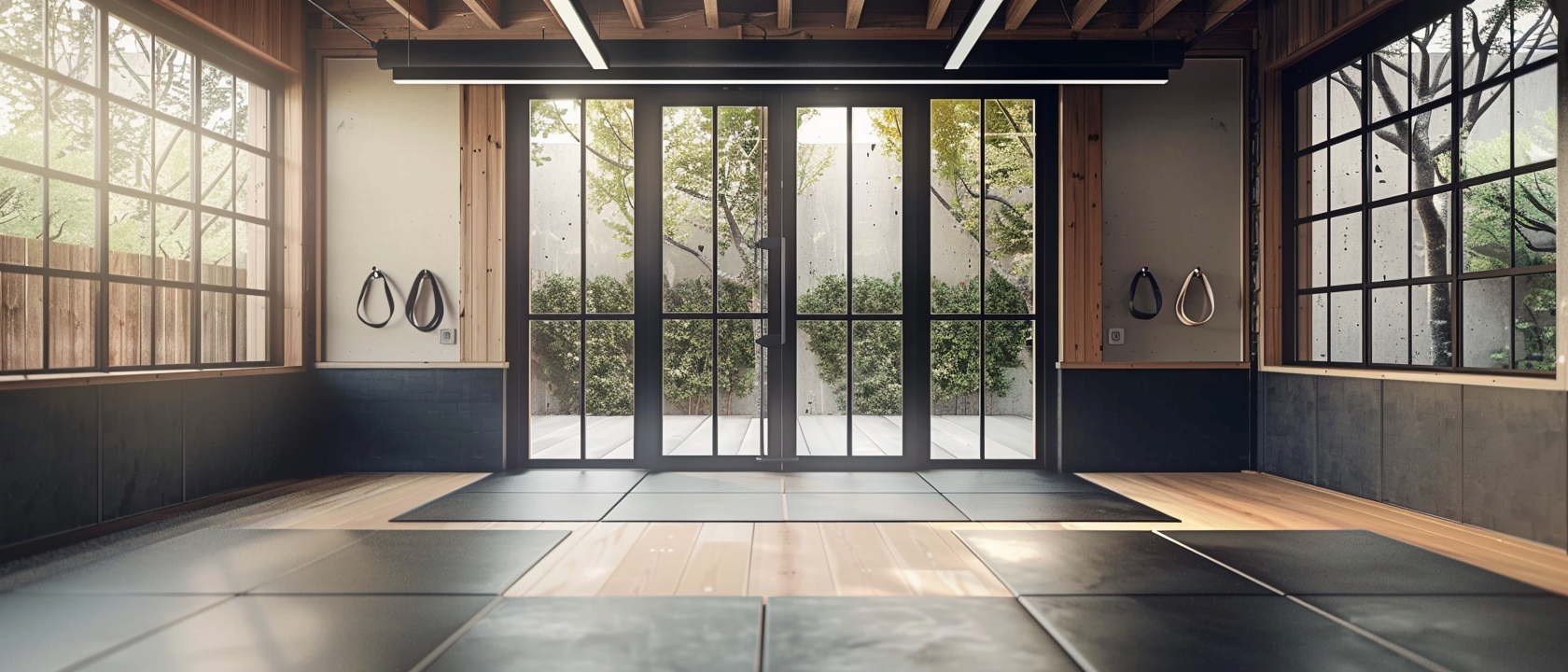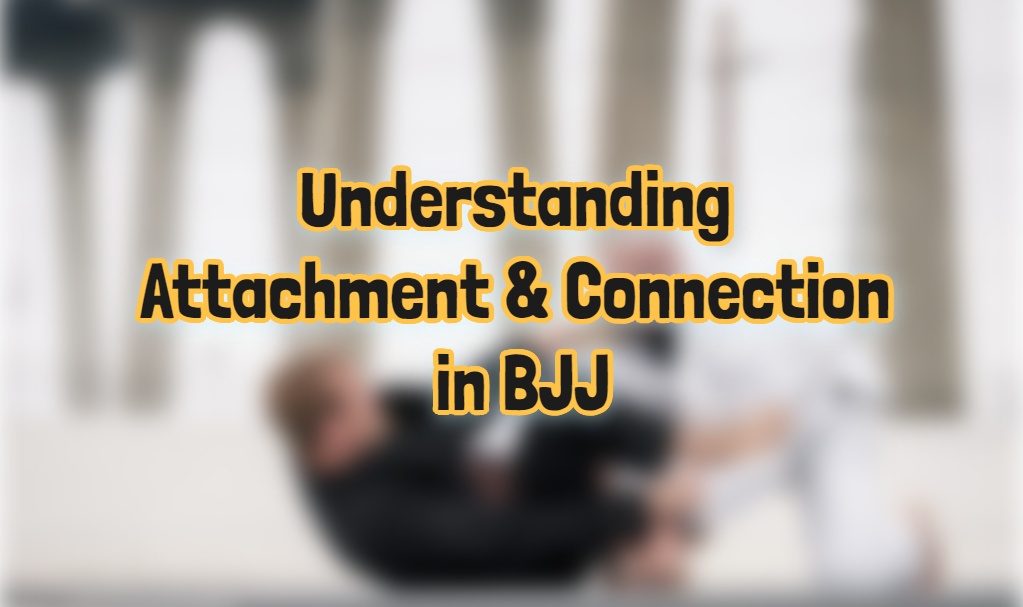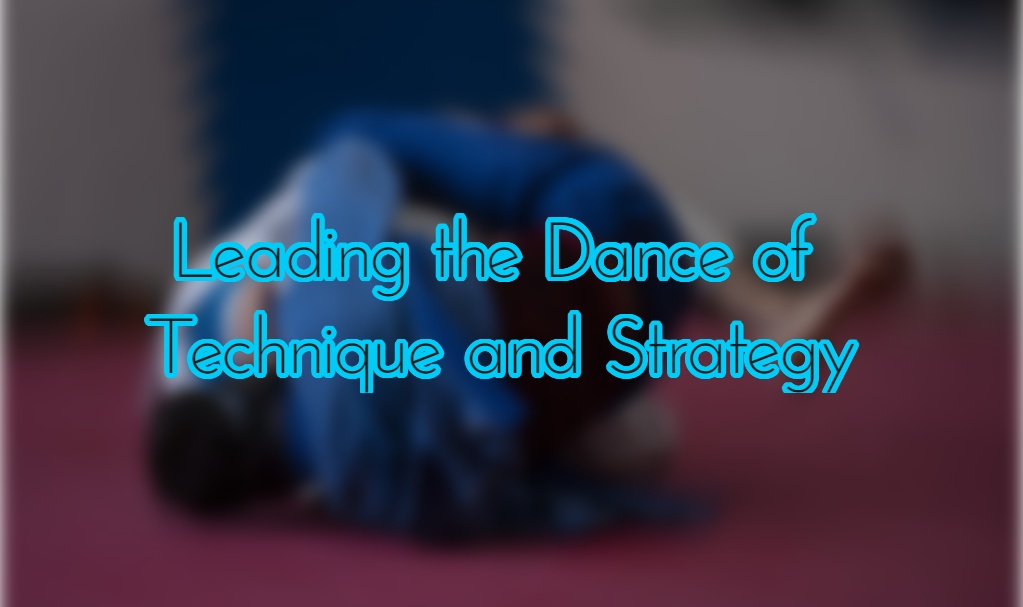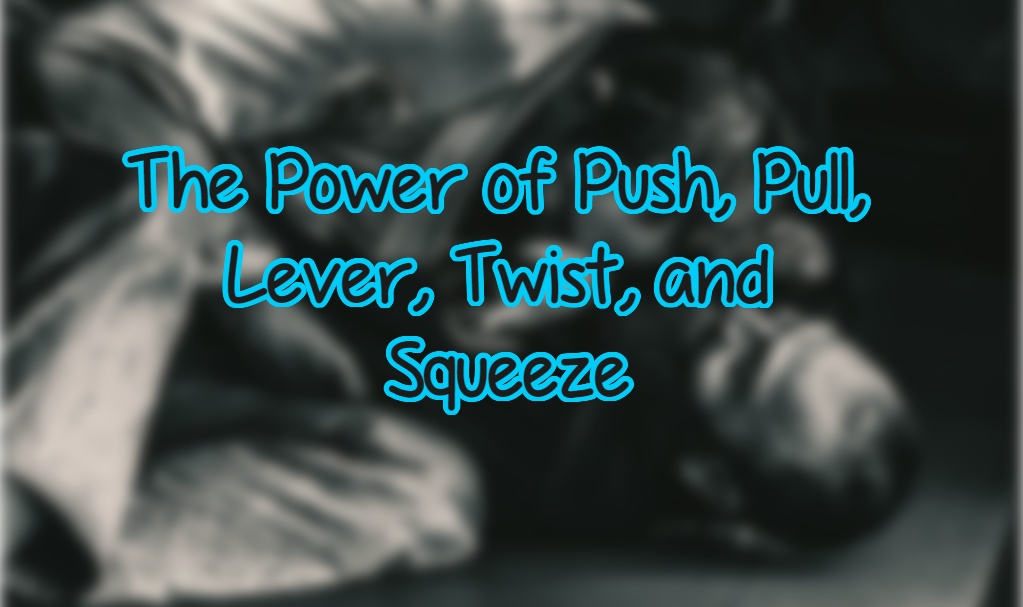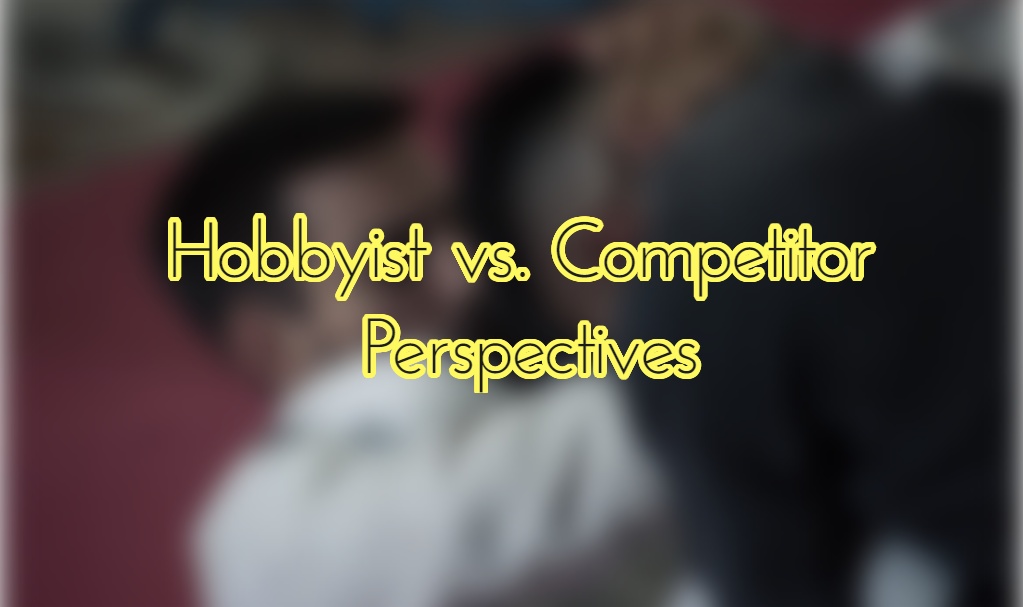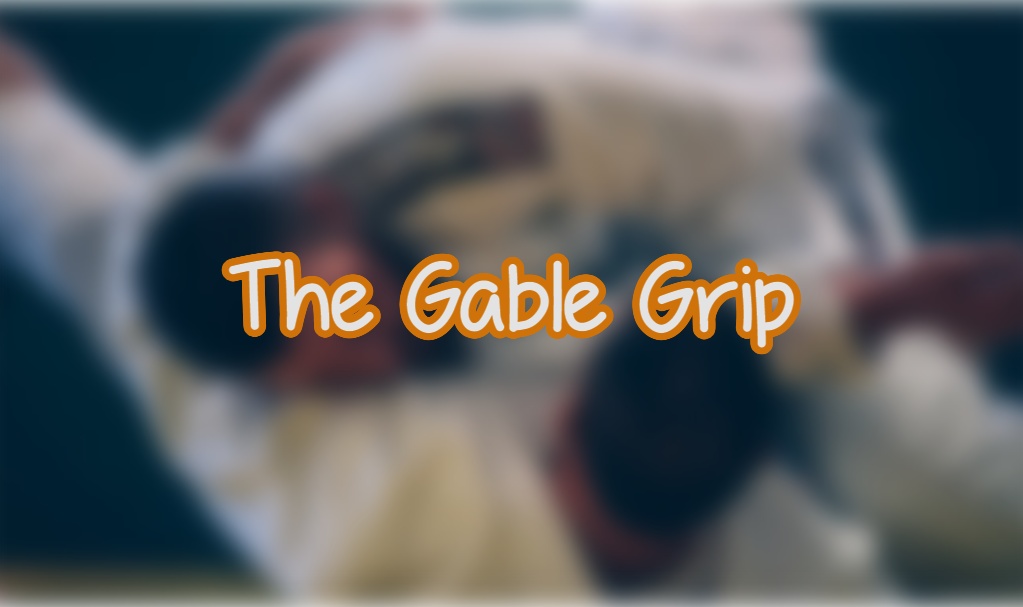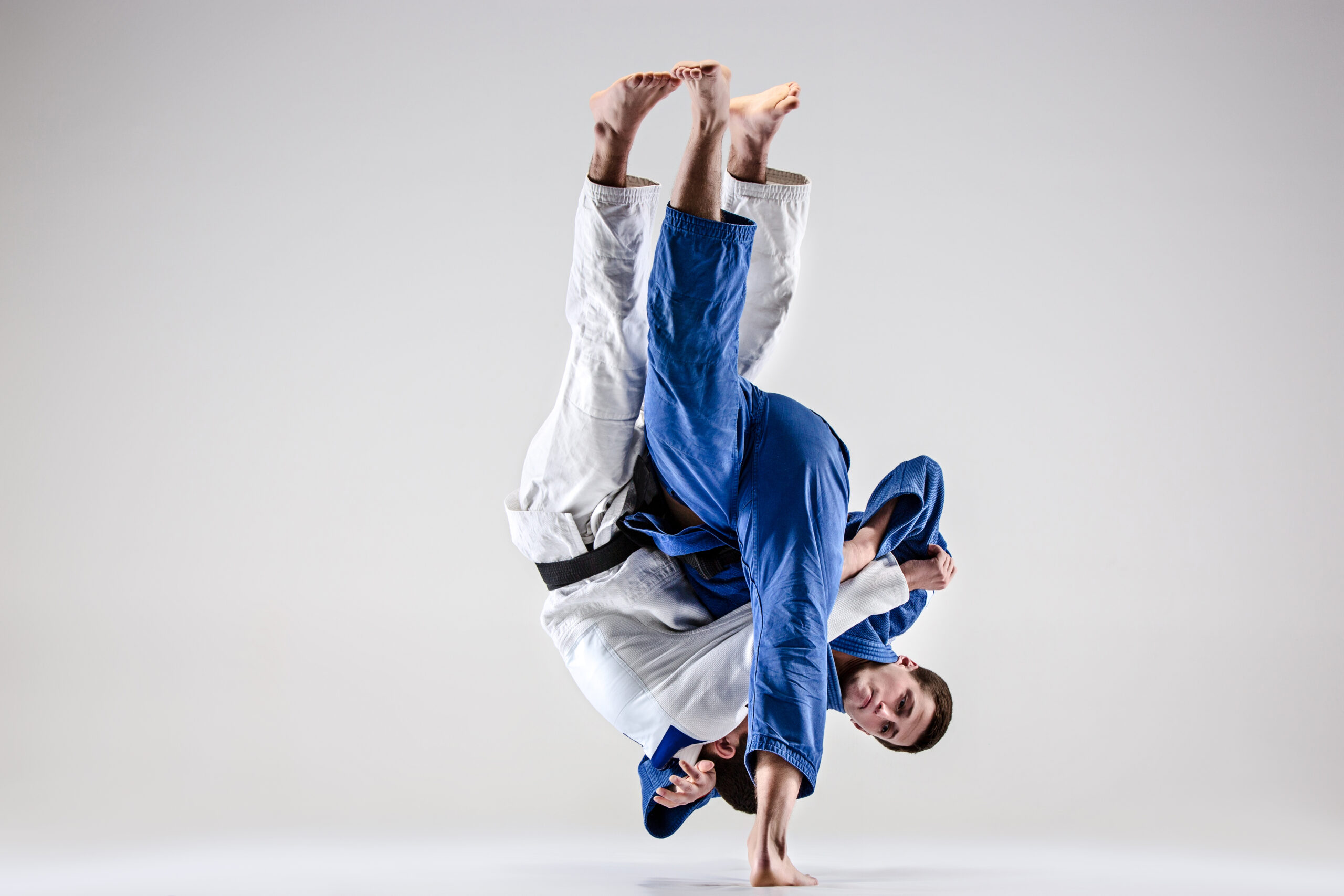In Brazilian Jiu-Jitsu (BJJ), we often hear the phrase “Leave Your Ego at the Door.” But let’s be real—this isn’t just some catchy slogan plastered on gym walls. It’s the very essence of our art, a principle that transforms not only how we roll but also how we live.
Imagine this: You step onto the mat with confidence and determination. Perhaps you hold a higher rank or have a few stripes on your belt. Then suddenly, you find yourself tapping out to someone you underestimated. It stings, right? But here lies the beauty of the lesson.
In that moment of humility, you are faced with a choice. Will you allow your wounded ego to take control, making excuses and avoiding that training partner? Or will you embrace the lesson, eager to learn and grow?
This is where BJJ transcends being just a martial art. It becomes a crucible for your character.
Every time you fist bump and engage with your training partner, you are not just beginning a roll but entering into a pact. Pact to learn, evolve, and push each other beyond boundaries. In this dance of technique and will, the ego plays no role. It is merely a hindrance, impeding your true potential.
However, the lesson doesn’t remain confined to the mats. In a world that often glorifies bravado and arrogance, BJJ teaches us the value of humility. It demonstrates that true strength lies not in avoiding failures but rising every time we fall.
As you progress in your BJJ journey, you will realize that your toughest adversary is not the person across from you but yourself. Your doubts, your restrictions, and your presumptions – these are the true battles you must overcome. And with each triumph, you uncover a facet of yourself that you never knew existed.
So, when you step onto the mat next time, remember you are not there to prove your superiority. You are there to demonstrate that today’s iteration of yourself can surpass yesterday’s. You are there to be a part of a community that values growth over accolades and learning over victory.
In BJJ, we don’t solely hone our physical prowess; we cultivate our spirits. We recognize that true strength is about empowering others, not overpowering them. We learn that our greatest triumphs often occur when we assist our training partners in achieving their goals.
Therefore, leave your ego at the door. Enter the gym with an open mind and a modest heart. Embrace every setback as a lesson, every session as an opportunity. Ultimately, the true measure of your BJJ journey is not in the color of your belt but in the fortitude of your character and the connections you establish along the way.
Remember, whether on the mat or in life, it’s not about being the best. It’s about improving yourself day by day. Now, go train, absorb, develop, and evolve into the finest version of who you are. The mat beckons, and your next lesson in life and BJJ await.

